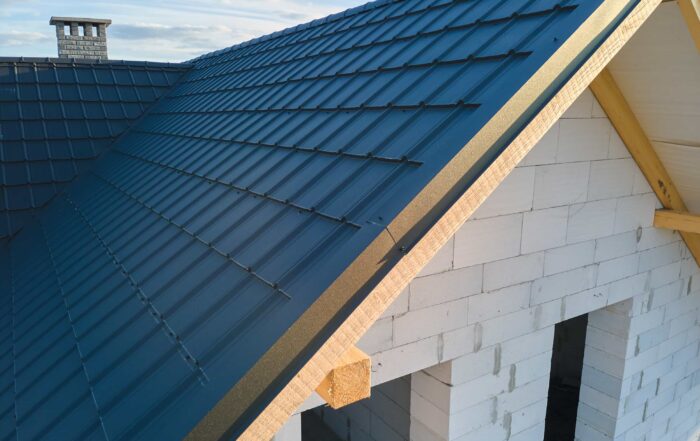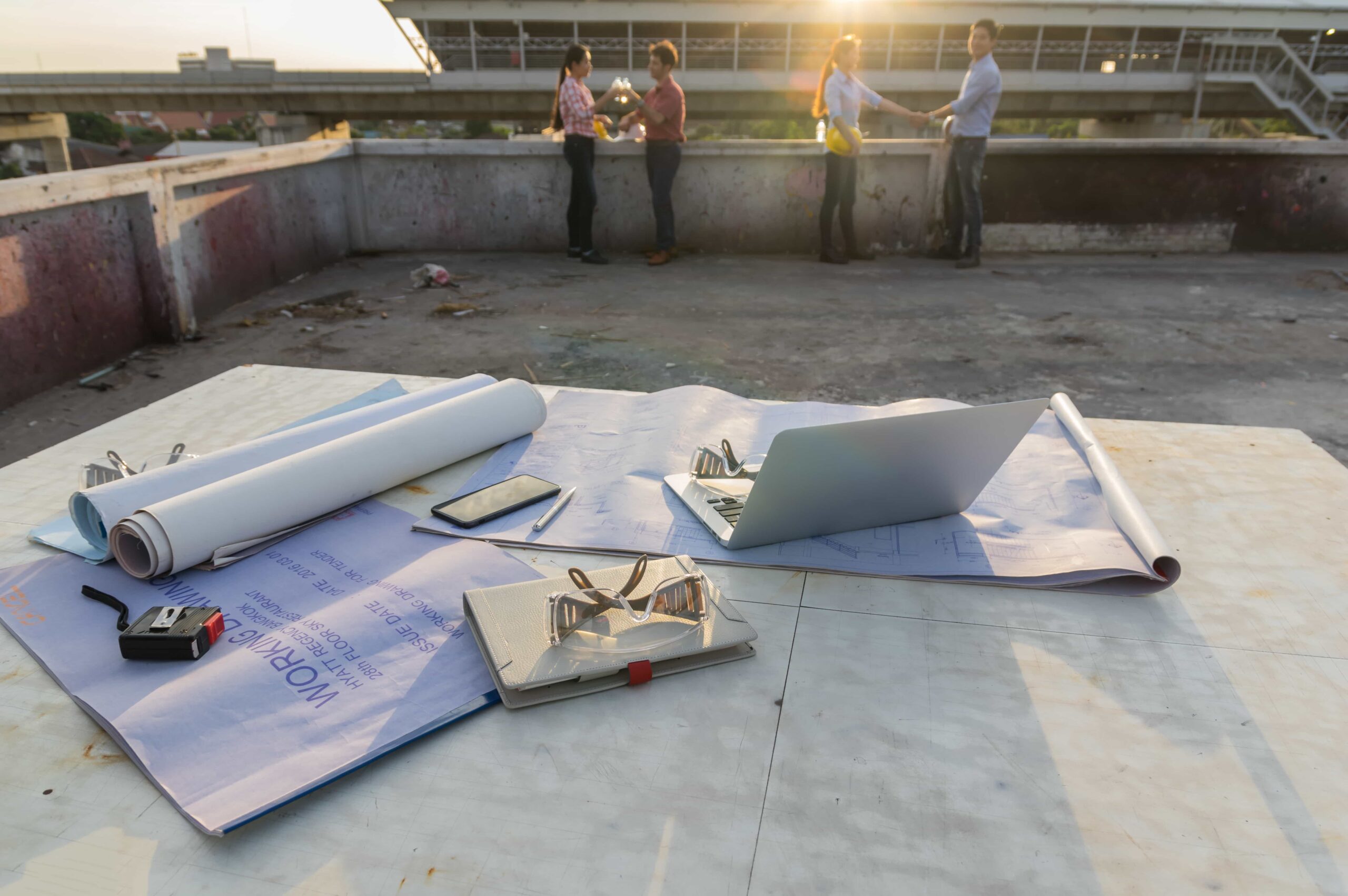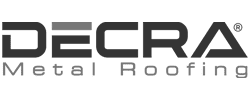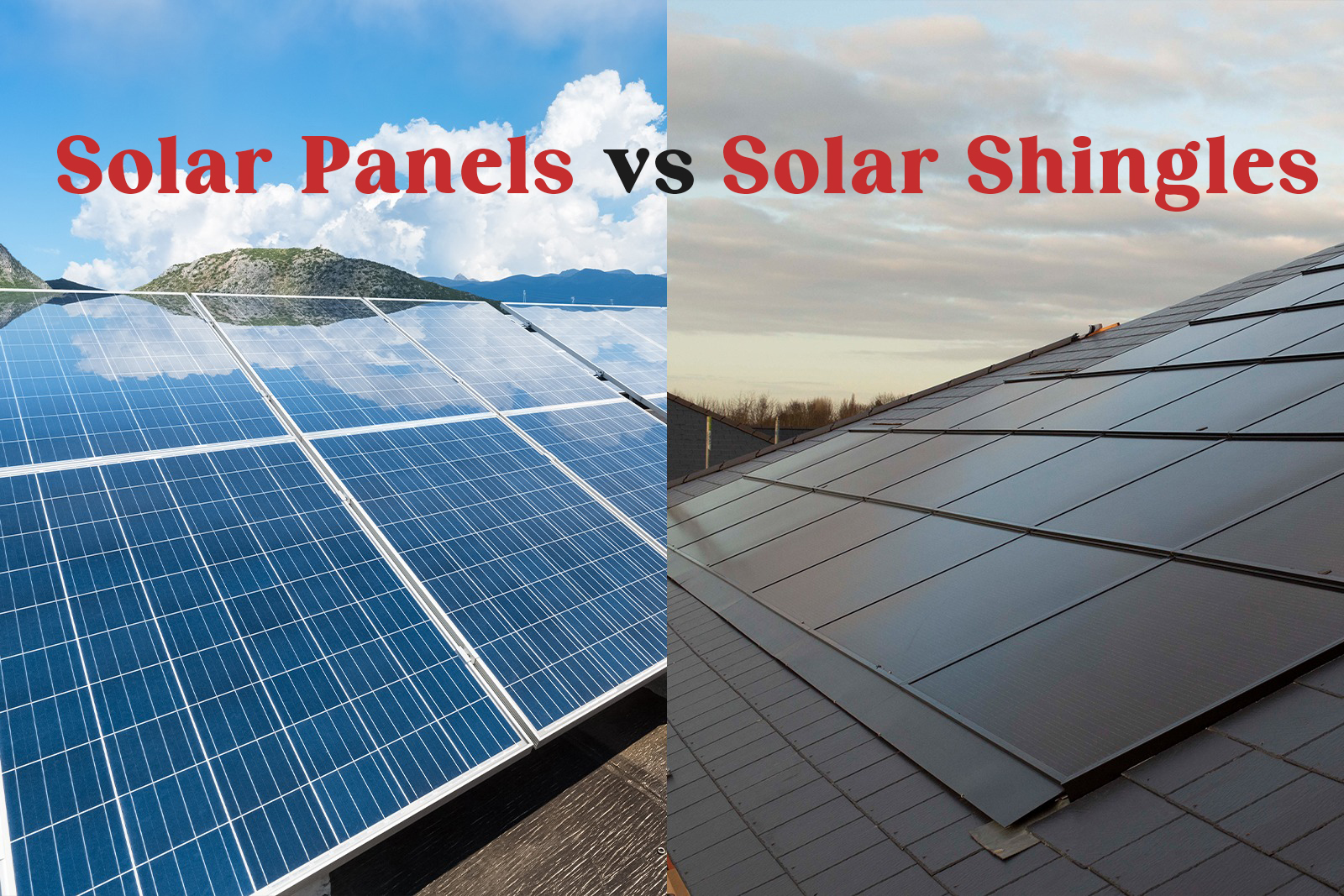
Solar Panels Vs. Solar Shingles: Similarity and Differences
With the rise in electricity costs, most homeowners are going solar to decrease their energy bills. The U.S. is the 3rd largest solar energy market in the world; with decreasing cost of solar technology, nearly 4% of homes have solar panels. Two forms of solar roofing include solar shingles and solar panels. In this blog, we will discuss solar shingles vs. solar panels further and look at diverse factors like cost, durability, installation, availability, and many more that might help you find the best for you.
What are solar roof shingles?
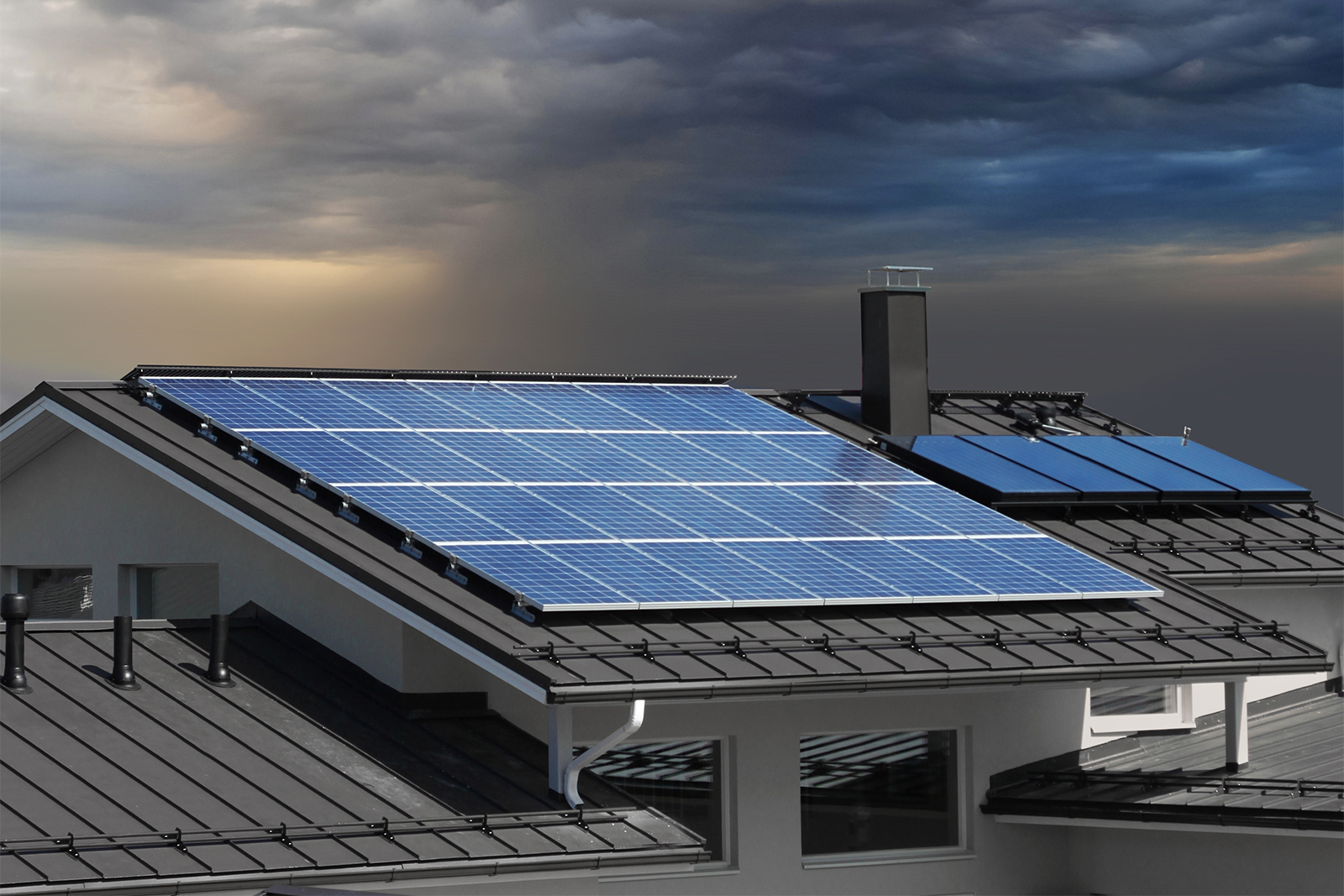
Solar roof shingles are known as solar roof tiles, thin photovoltaic panels that absorb the sun’s energy and convert it into electricity to power your home. All such shingles act like traditional roofing materials that assist in safeguarding you and your home from diverse elements.
You can install solar shingles on top of your existing asphalt shingles or a new solar roof system that can be installed if it is time to replace your roof. The efficiency of solar titles is usually 14%-18%. However, the efficiency of conventional solar panels is usually around 22%.
What are solar panels?
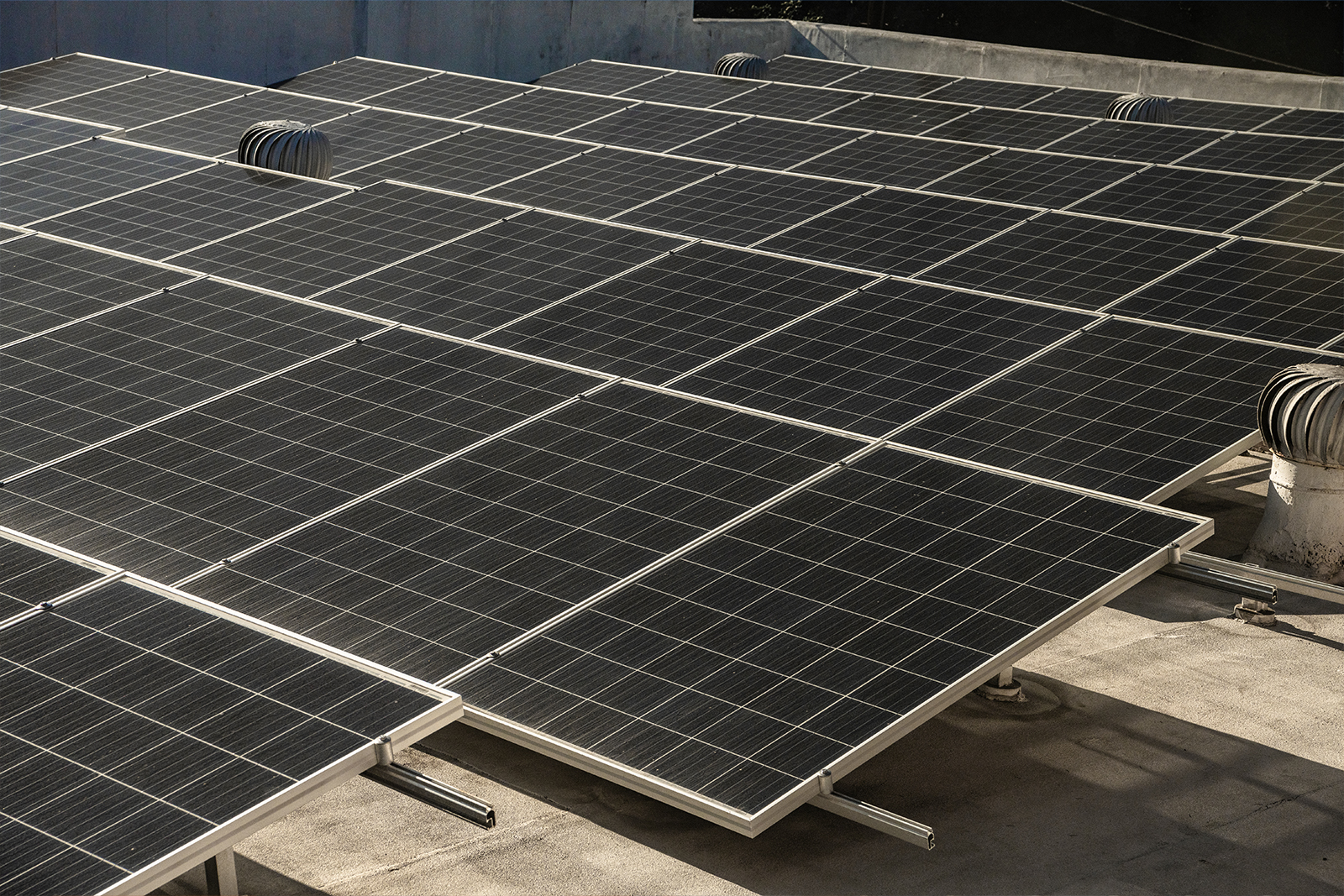
Solar panels are a collection of solar cells known as photovoltaic cells that generally harness the sun’s rays and convert them into electricity. Multiple solar panels must be connected and positioned to generate electric power for residential and commercial buildings to ensure maximum sun exposure.
How are solar panels and solar shingles similar?
Photovoltaic technology
All solar panels and shingles are paired with solar inverters and connected to the power grid. They harness energy from the sun to supply clean energy to homes and businesses. You are contributing to generating renewable energy at home, lowering your carbon footprint, and saving money on electricity bills. Installation of solar panels or shingles helps to supply clean energy from the sun to homes and businesses.
Incentives
Installation of solar shingles remains eligible for the same rebates and incentives as traditional solar panel systems, like a 30% federal solar tax credit and most state with local rebates.
Net metering policies
Use of building-integrated photovoltaic (BIPV) systems (solar shingles and tiles) have the same rules as solar panels that permit you to send excess electricity they produce to your utility from the credit on your electric bill.
How are solar shingles and solar panels different?
Cost
Solar panels are comparatively less expensive than solar shingles. Shingles are a newer technology that shows their installation process is more complex. Traditional solar panels have the benefit of cost for people with a well-functioning roof. It can be said that a wide range of providers and solar installation companies choose from increased competition and drives down the cost.
If you are looking for roof replacement, solar shingles can be a good and durable decision. Rather you go for a new roof and solar panels; the total cost could be more cost and time-effective.
A solar roof can cost between $40,000 to $60,000 before the federal sales tax credit. However, solar panel installation costs between $15,000 to $26,000, which shows that it is a more cost-effective measure.
Design and Appearance
The design and appearance of solar panels and shingles are entirely different. Solar panels, or photovoltaic (PV) panels, are large, flat panels comprising individual solar cells. They are typically mounted on rooftops or ground-mounted arrays, and their installation requires some space.
On the other hand, solar shingles, also called solar roof tiles, are designed to integrate seamlessly with traditional roofing materials. They resemble regular asphalt shingles or slate tiles, making them more visually appealing and less intrusive.
Durability and Maintenance
Solar panels are known for their durability and longevity. They are built to withstand various weather conditions, including hail, snow, and strong winds. Additionally, individual panels can be replaced if they become damaged or malfunction. Solar shingles, part of the roof itself, must also endure the same weather conditions, but their durability may depend on the specific manufacturer and materials used. Regular roof maintenance may be required to ensure the optimal performance of solar shingles.
It can be said that the average longevity of the roof remains 25 to 30 years. However, the technology is new compared to traditional asphalt shingles; solar shingles are considered a better choice in terms of the roof’s lifespan.
Efficiency
For homeowners, it is essential to consider the efficiency of solar panels and shingles. Both solar panels and shingles work on the same principle of the photovoltaic effect; solar shingles remain less efficient.
Solar shingles are directly attached to the roof; thus, there is no airflow underneath them, leading to heat dissipation and less efficiency. On the other hand, solar panels are installed facing the sun, and they can later be removed and repositioned. However, solar shingles are built into the roof, so all the location is fixed. Based on the climate or home designs, shingles might only sometimes be positioned to capture maximum sunlight. Thus, this is the way through which efficiency can be reduced.
Aesthetics
Solar panels are designed to focus on functionality, not aesthetics. Such panels look bulky and sometimes occupy the entire building’s roof area. There might be a possibility that the overall curb appeal of your home or office building because it looks awkward after adding solar panels.
On the other hand, solar shingles are specifically made to look seamless with a slim design that adds value to your roof to make it a nice and attractive look. It looks like traditional tiles on a fresh roof. The aesthetic design of solar shingles makes it interesting to buy them.
Roof Type
Solar shingles are considered the best suitable if you have new construction or roof replacement. Solar Shingles work best on roofs with maximum sun exposure and surface area. Unlike solar panels, solar titles cannot be angled to catch the sun. Such solar shingles replace standard asphalt shingles. Manufacturers also make tile and wood shingle alternatives.
Solar panels roof types and materials generally include metal, wood, and rubber. The existing construction company can help in adjusting the sun to catch maximum energy efficiency.
Installation
When it comes to installation, solar panels are relatively easier to install compared to solar shingles. Panels are mounted onto racks, either on rooftops or on the ground, and can be adjusted to maximize exposure to sunlight. This flexibility allows for efficient installation and maintenance.
In contrast, solar shingles require specialized installation techniques and may need to be integrated into the roofing system during the construction or replacement of a roof. This complexity often leads to higher installation costs and necessitates the involvement of trained professionals.
Solar Panels vs. Solar Shingles: Which Is Best for You?
Choosing a roof between solar panels and shingles is a difficult choice for every homeowner. For most homeowners, it boils down to these four main factors:
- Cost: Solar shingles remains the most cost-effective one-time investment for roof replacement. In contrast, solar panels are considered most affordable if they can be affixed atop a fully functioning roof.
- Location: The location of the roof matters, which makes you decide whether you should go for curb appeal; if it matters, solar shingles win. Solar panels remain the best option for maximizing energy efficiency if the roof is flat or not facing the sun.
- Long-term planning: If you are not planning to stay in one place for long, solar panels are the way to go. You can easily have them removed and relocated, whereas solar shingles have to stay. On the other side, if you stay for long, consider how often you might plan to use them.
Conclusion
In conclusion, both solar panels and solar shingles offer the benefits of clean and renewable energy. Solar panels have a long history and higher energy efficiency, while solar shingles provide a more aesthetically pleasing integration with the roof. The choice between the two ultimately depends on individual preferences, budget, and roof structure.
Excel Construction Group can help you with solar panels and solar shingles. Excel Construction Group Solar offers a wide range of services to residential, commercial, and industrial clients. From solar panel installation and maintenance to customized solar energy systems, they strive to help their customers harness the sun’s power and reduce their carbon footprint.
With their expertise and dedication to excellence, Excel Construction Group Solar is transforming how we approach energy consumption, paving the way for a greener and more sustainable future. You can visit our website and contact us at (844)-634-1630.


